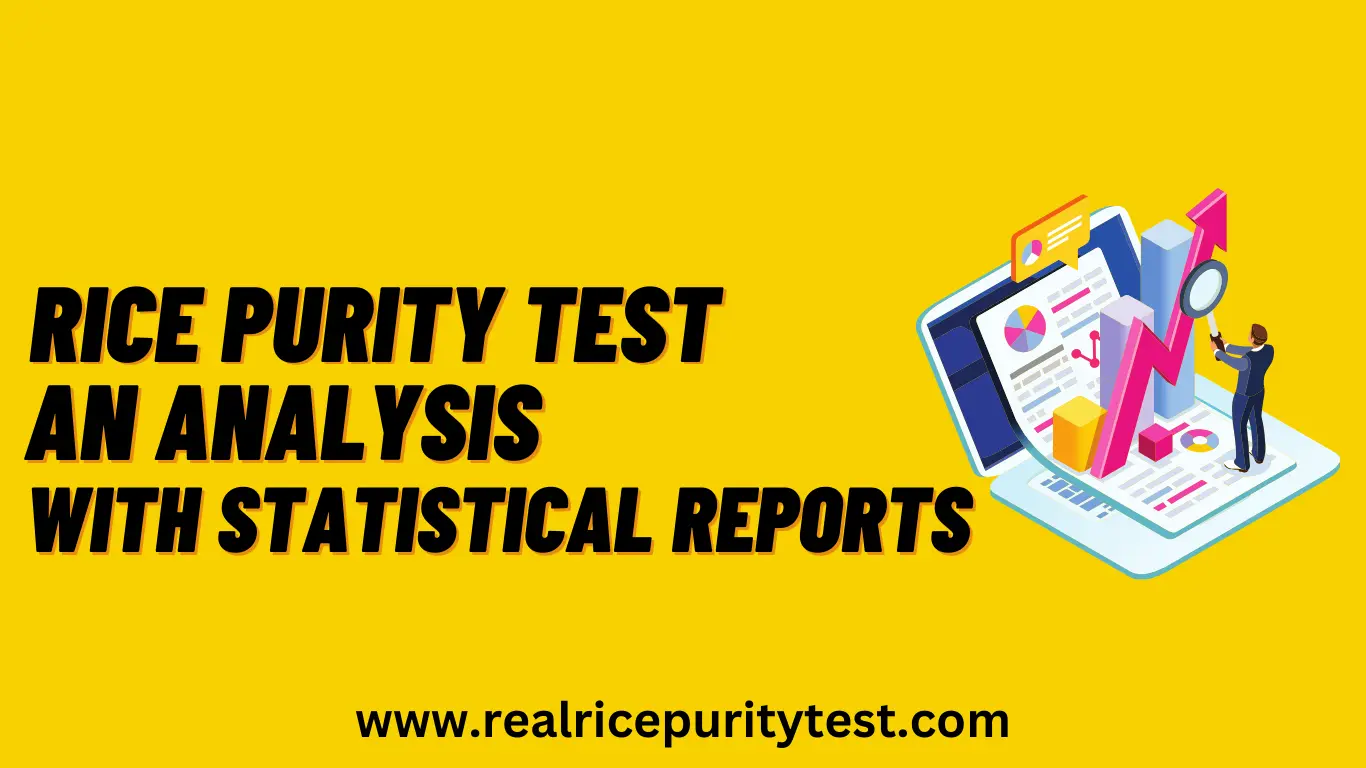Rice Purity Test
The Rice Purity Test, originating from Rice University, is a self-assessment survey that has become a cultural touchstone among high school and college students. It comprises 100 questions that cover a broad spectrum of life experiences, primarily focusing on romantic and social activities, as well as rule-breaking behaviors.
The Nature of the Test
The test is designed to be a self-reflective tool, where participants answer ‘yes’ or ‘no’ to a series of questions. These responses are then used to calculate a score out of 100, with higher scores indicating fewer experiences related to the survey’s questions.
Statistical Overview
While comprehensive statistical reports on the Rice Purity Test are not universally published, various informal surveys and studies conducted at educational institutions provide some insight:
- Average Scores: The average score tends to vary based on demographics such as age, gender, and cultural background. For instance, freshmen in college might have higher average scores compared to seniors, indicating fewer experiences.
- Score Distribution: The distribution of scores often shows a bell curve, with most students scoring in the middle range. Extreme high or low scores are less common.
- Trends Over Time: Longitudinal studies suggest that the average scores tend to decrease (indicating more experiences) as students progress through their college years.
Interpretation of Scores
It’s important to interpret these scores with caution. They reflect self-reported data and are influenced by various factors, including social desirability bias and individual interpretation of questions.
Cultural Impact and Discussions
The Rice Purity Test has sparked discussions on topics like peer pressure, social norms, and the transition from adolescence to adulthood. It serves as a mirror reflecting the changing dynamics of youth culture and experiences.
Criticisms and Limitations
Criticisms of the test include its potential to oversimplify complex life experiences and the risk of it being used to judge or label individuals. The test’s questions might not encompass the diversity of experiences and can be biased toward certain cultural norms.
Conclusion:
In conclusion, the Rice Purity Test, while offering interesting statistical insights, should primarily be viewed as a tool for reflection rather than a definitive measure of one’s experiences or character. It’s a snapshot of a particular phase in life, valuable for personal contemplation and understanding peer experiences in a broader social context.

